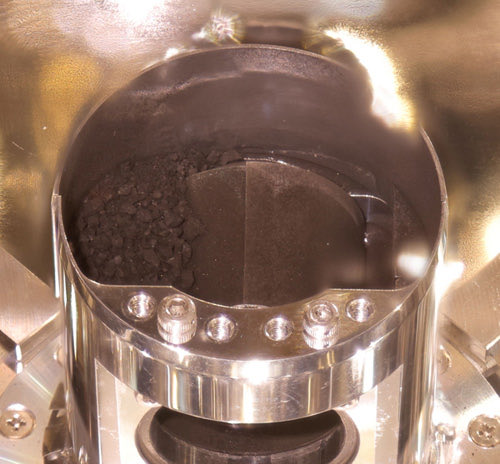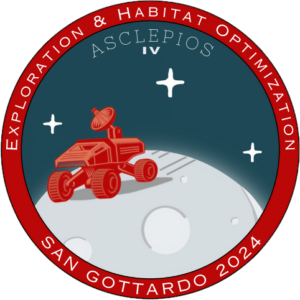
A phenomenal mission by Japanese Aerospace Exploration Agency (JAXA) was initiated in 2014 with the task of attaining samples from the near-Earth asteroid Ryugu, located 300 million kilometers from our planet. The spacecraft Hayabusa2 touched-down on the bound asteroid on June 27, 2018.
The craft, with its four small remote rovers, spent a year and a half on the target. Hayabusa2 carried multiple payloads for sampling and sensing with the ambitious goal of analyzing the environmental and geological context of the asteroid. The initial mission was to recover only 0.1 grams of the sample, while after the success of the mission it attained much more than the initial target. The spacecraft landed on the asteroid twice and collected much more than the initial target, set to 0.1 grams. Eventually, Hayabusa2 gathered 5.4 grams of first-ever sub-surface soil samples. The craft collected and stored the samples in a specialized thermal insulated sample-return capsule (SRC). The shuttle took its course back to Earth and touched down on December 5, 2020, near Woomera prohibited area in Australia. The samples will soon be analyzed by JAXA’s Extraterrestrial Sample Curation Center where international scientists can request a small portion of the samples. The samples could possibly provide clues about the advent of water and organic molecules to Earth.






